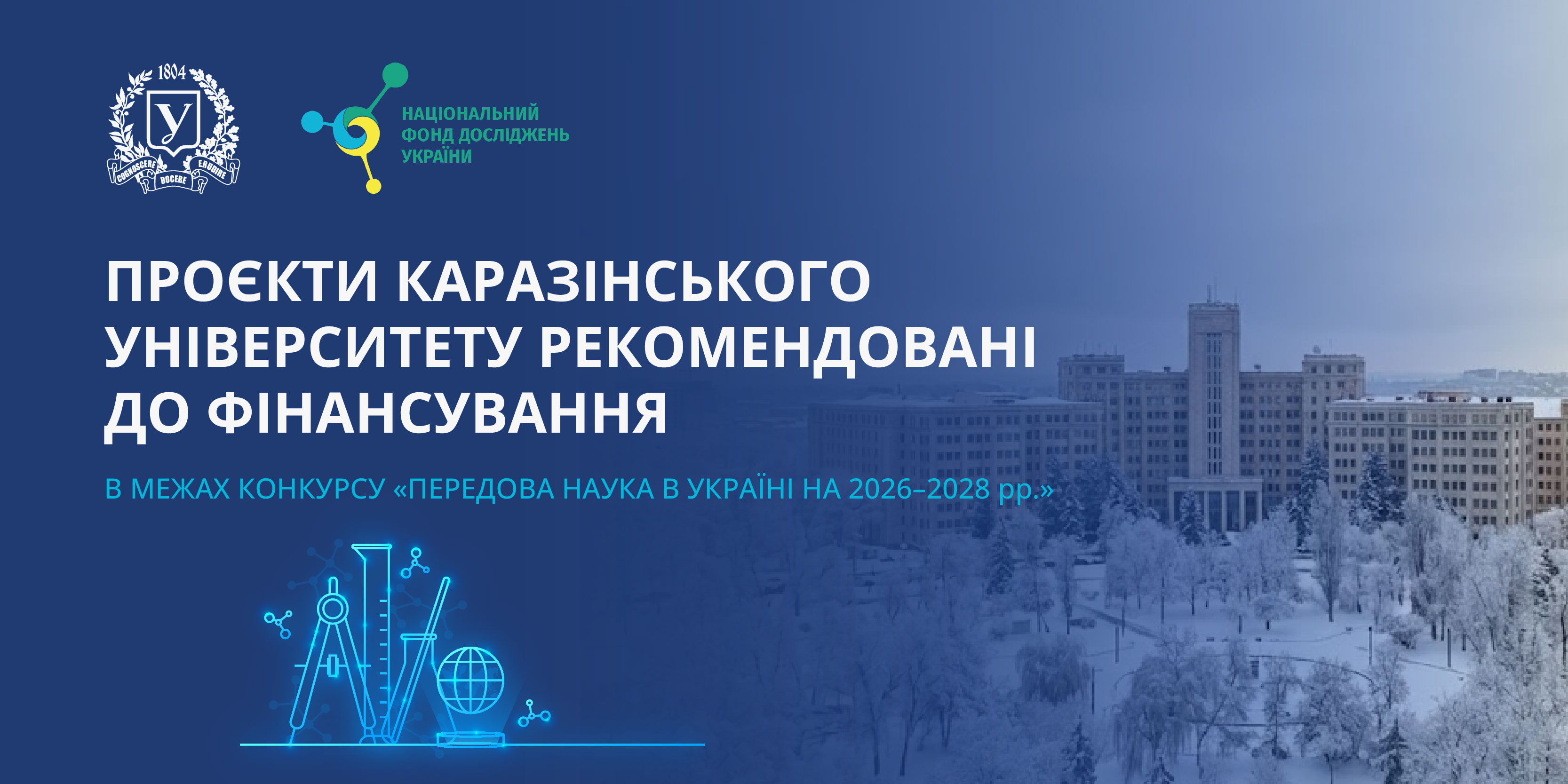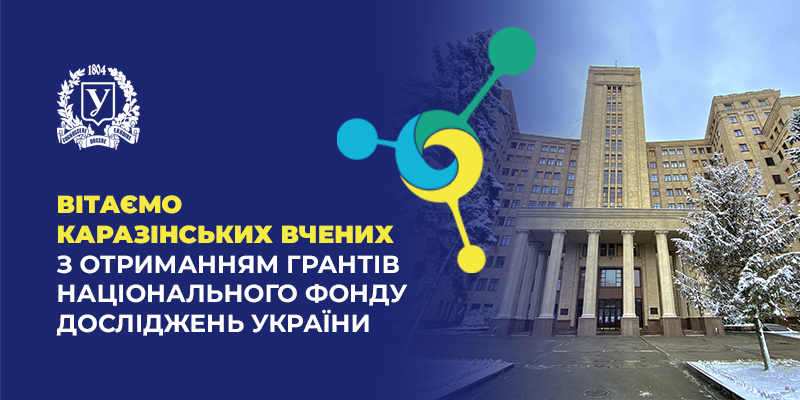Scientific Horizons of Karazin University: Radio Physics Observatory During the War
.jpg)
V. N. Karazin Kharkiv National University is a prominent university that includes a radio physics observatory founded in 1964. It is located near the village of Haidary in the Zmiiv district of Kharkiv region. The complex is used in the educational process at the School of Radiophysics, Biomedical Electronics, and Computer Systems (RBEX): laboratory work is carried out here, students undergo practical training, and conduct measurements, the results of which form the basis of bachelor's qualification works and master's theses. The observatory is designed to address three major tasks, including space weather monitoring, geospace control, and radio wave propagation research.
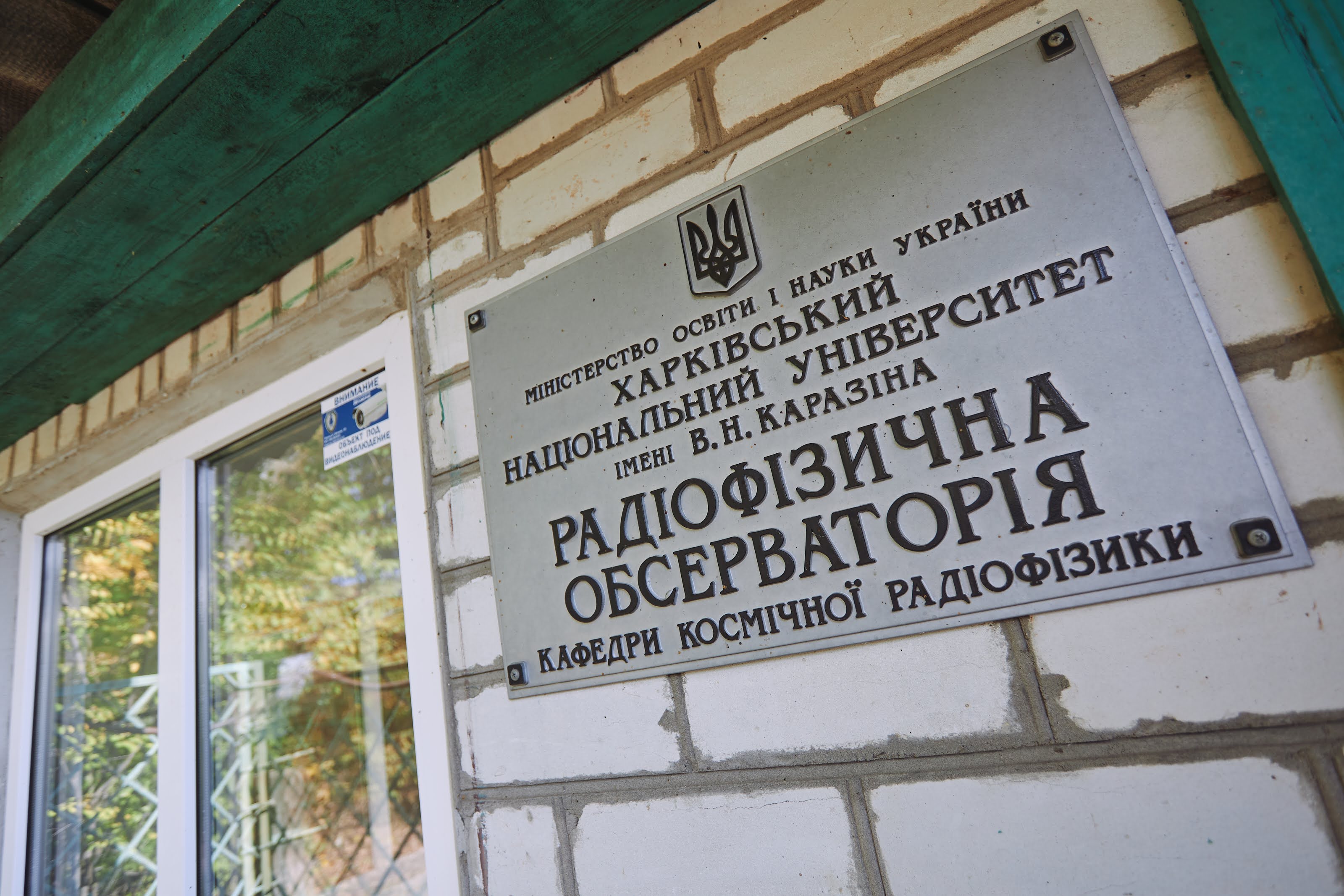
RBEX researchers and students work with this equipment, participate in research programs using the observatory's facilities, and conduct theoretical studies on numerous topics. The observatory includes a complex for remote sensing of near-Earth space (a national asset of Ukraine).
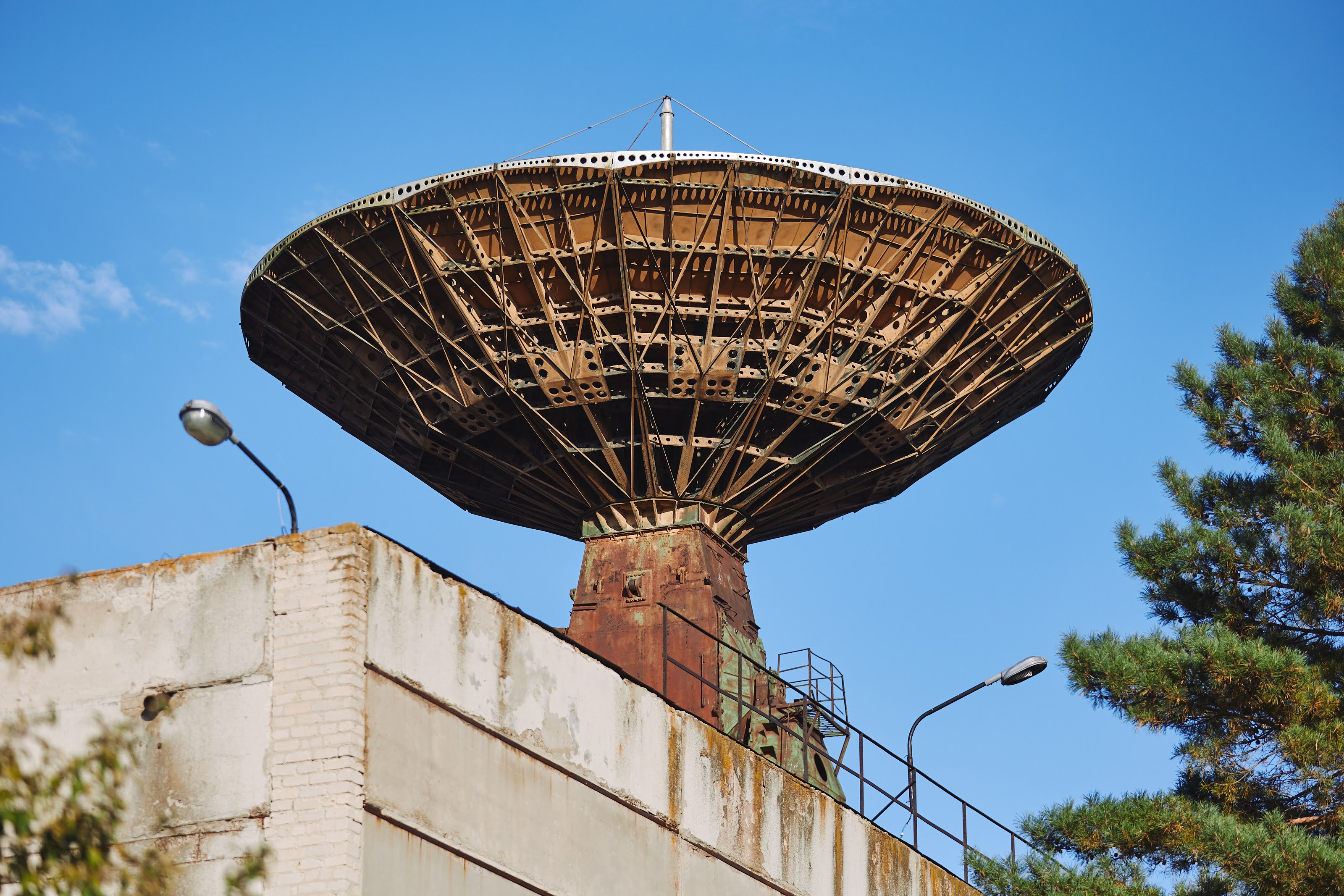
Karazin University makes science accessible and interesting for everyone. To learn more about the observatory's work during the war, we spoke with Mykyta Shevelev. He studied radiophysics and electronics and is currently a junior researcher at the university, having recently defended his dissertation. He has been working at the Department of Space Radiophysics since 2016. In 2020, he received the Presidential Academic Scholarship of Ukraine.
Also in 2020, as part of a team of scientists, he won a grant from the National Research Foundation of Ukraine ("Theoretical and Experimental Studies of Global Disturbances of Natural and Technogenic Origin in the Earth-Atmosphere-Ionosphere System").
The scientist shared many interesting facts and assured us that the observatory is doing well, fully operational, and waiting for better times. According to Mykyta Bohdanovich, the observatory is equipped with many complexes and radars. Among them are a fully rotational radar, satellite sounders, and other modern equipment. Thanks to these technologies, the observatory has studied large-scale disasters, including earthquakes, volcanic eruptions, and geospace storms. The comprehensive use of these methods allowed for a better understanding of the changes and dynamics of our planet. The observatory has unique equipment. Thanks to this equipment, it is the only one in the world capable of conducting such large-scale and comprehensive studies of the Earth's atmospheric dynamics.

Unfortunately, due to the full-scale invasion, only static systems are currently operational at the observatory, aimed at receiving signals of various types: from satellite sounding signals, i.e., GPS, to signals from major disasters.
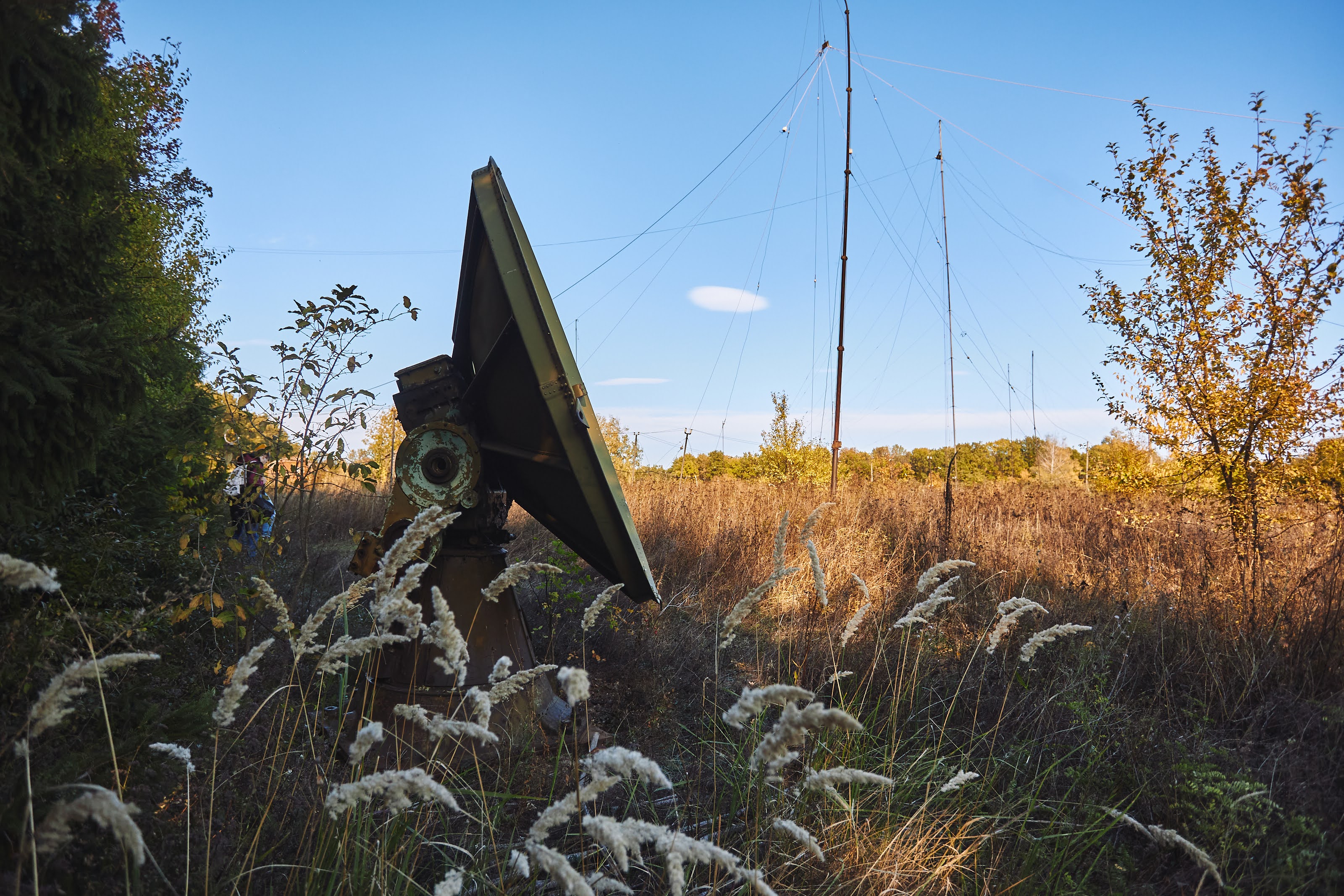
The observatory is not standing still. Recently, during the war, radio physics observatory researchers reported the solar eclipse that occurred on April 23, 2023, and recorded changes in the magnetic field.
Mykyta Bohdanovich also shared his practice with us. He was involved in detecting solar eclipses. Currently, they are studying how recorded magnetic variations from solar flares affect the functioning of radio channels. It sounds interesting and, most importantly, useful and relevant.

The Radio Physics Observatory actively engages in international collaboration, maintaining friendly relations with educational and research institutions worldwide. We currently collaborate with universities in the USA, Canada, and Japan.
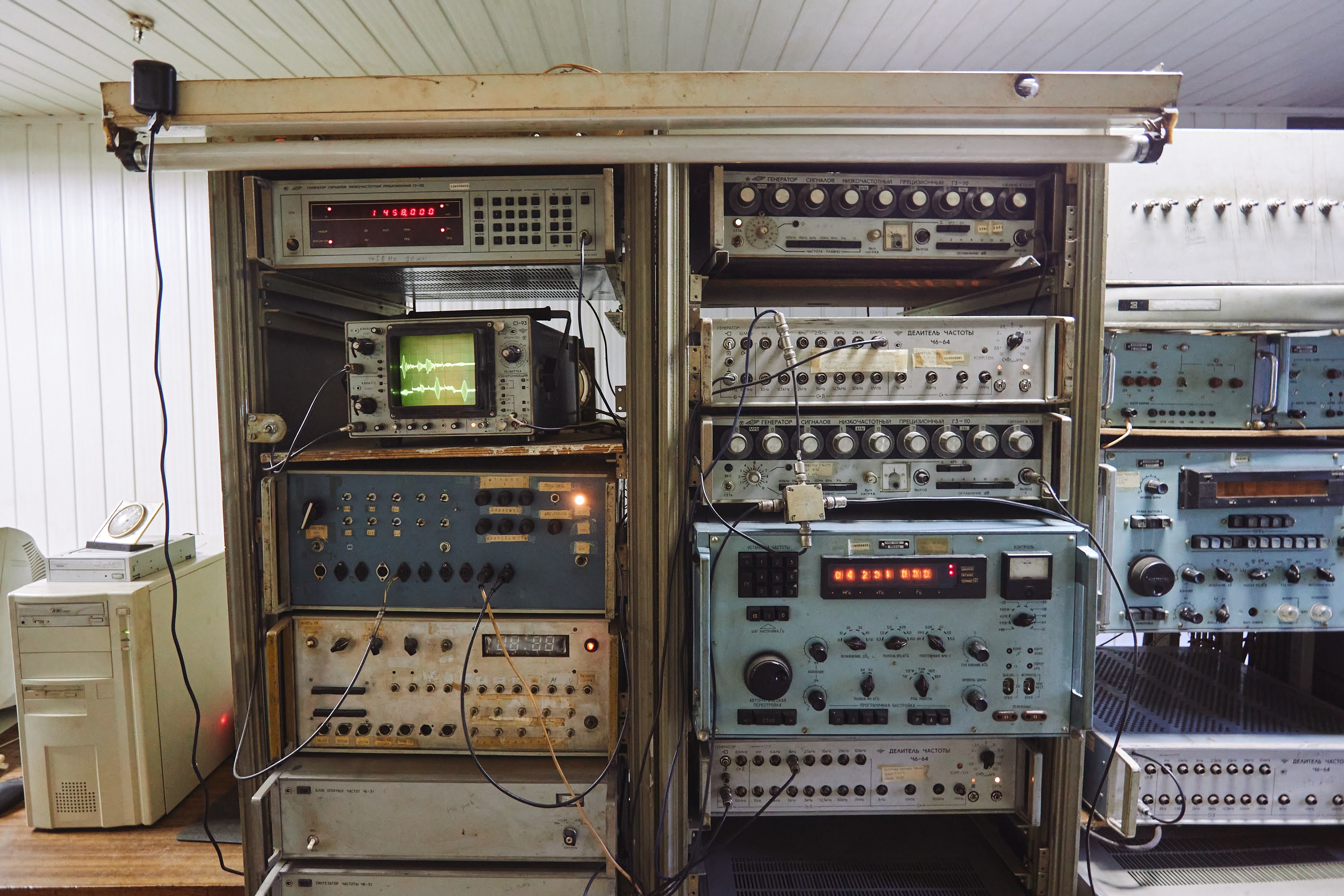
When asked about future plans, Mykyta Bohdanovych noted that the observatory eagerly awaits the end of the war to fully restore its capabilities.




.png)

